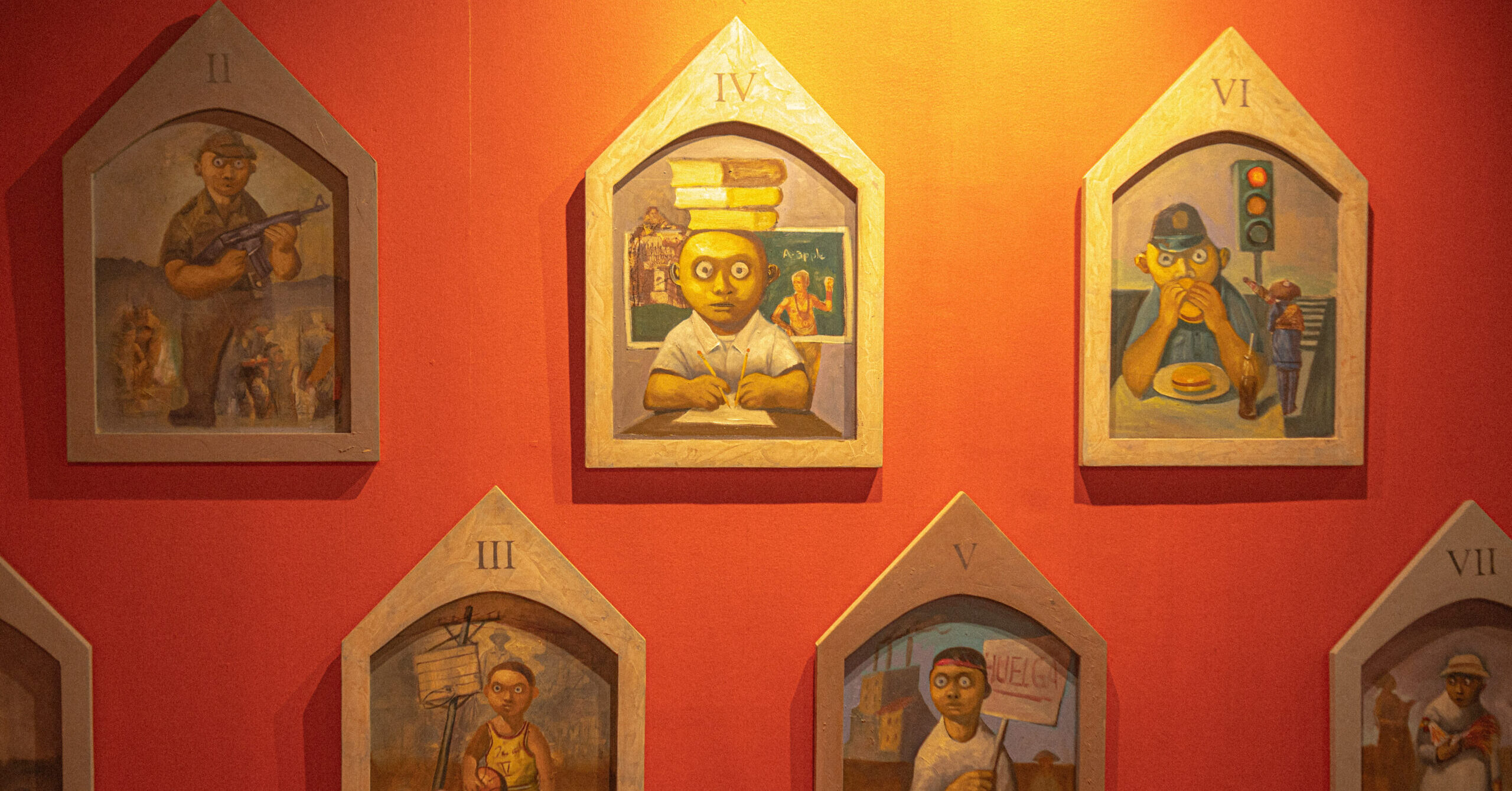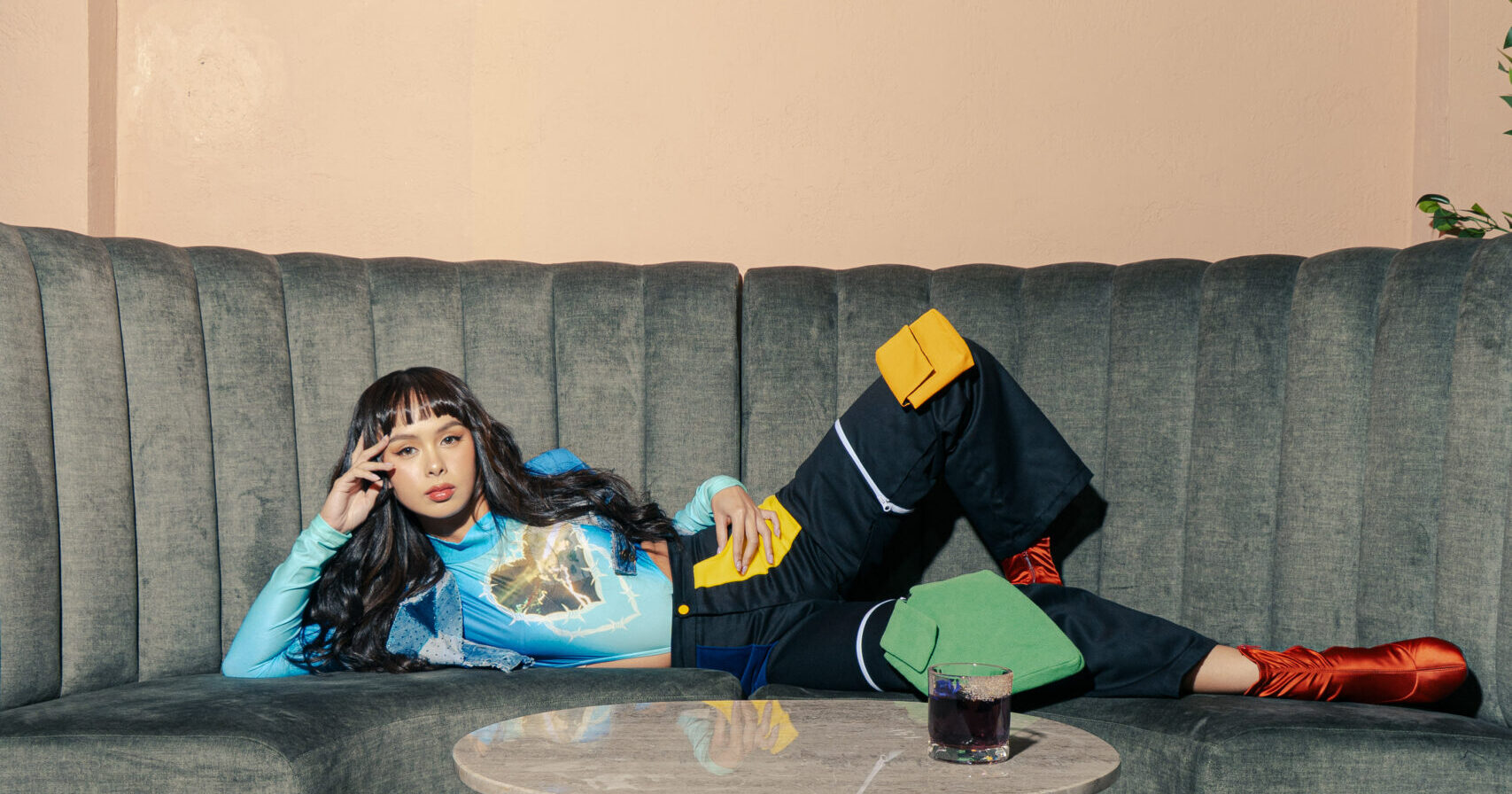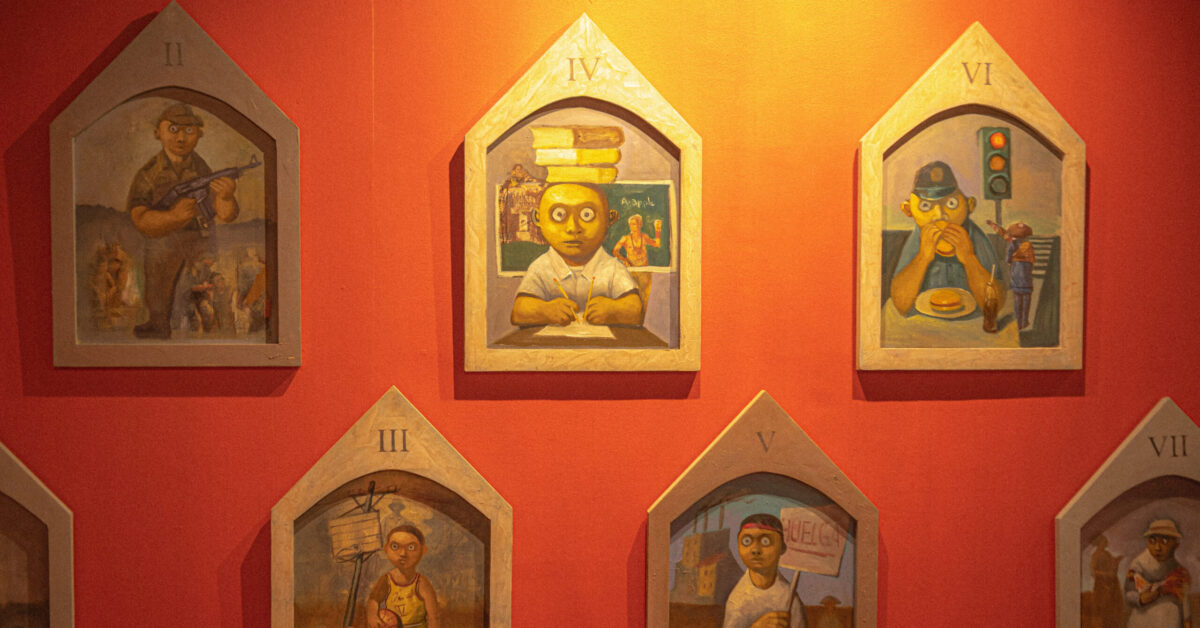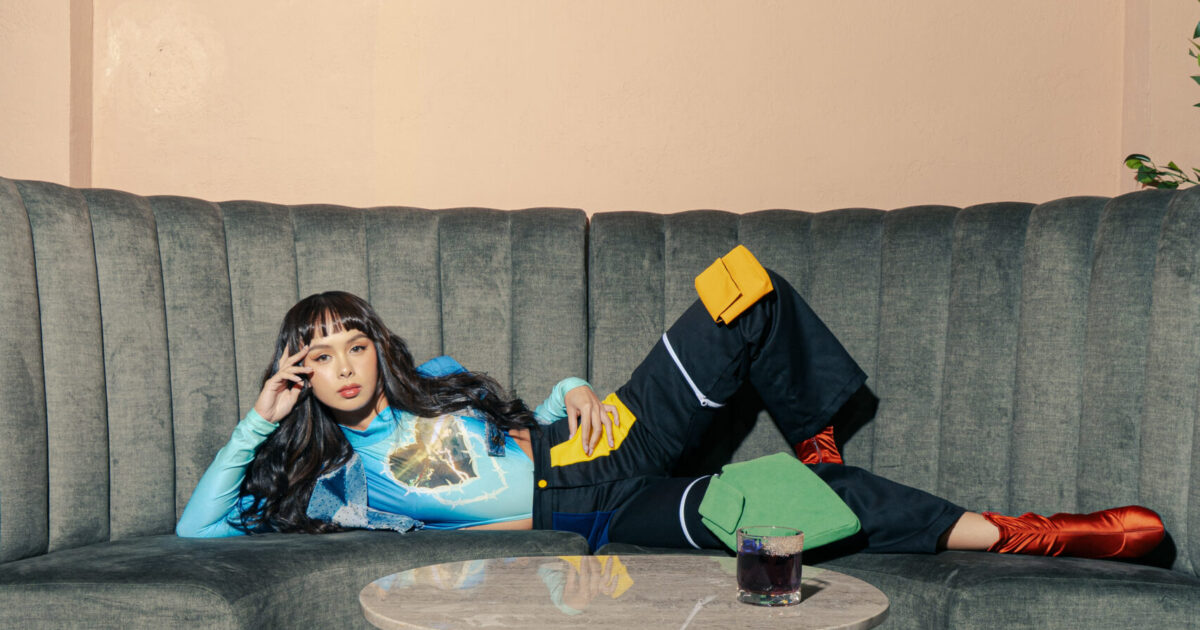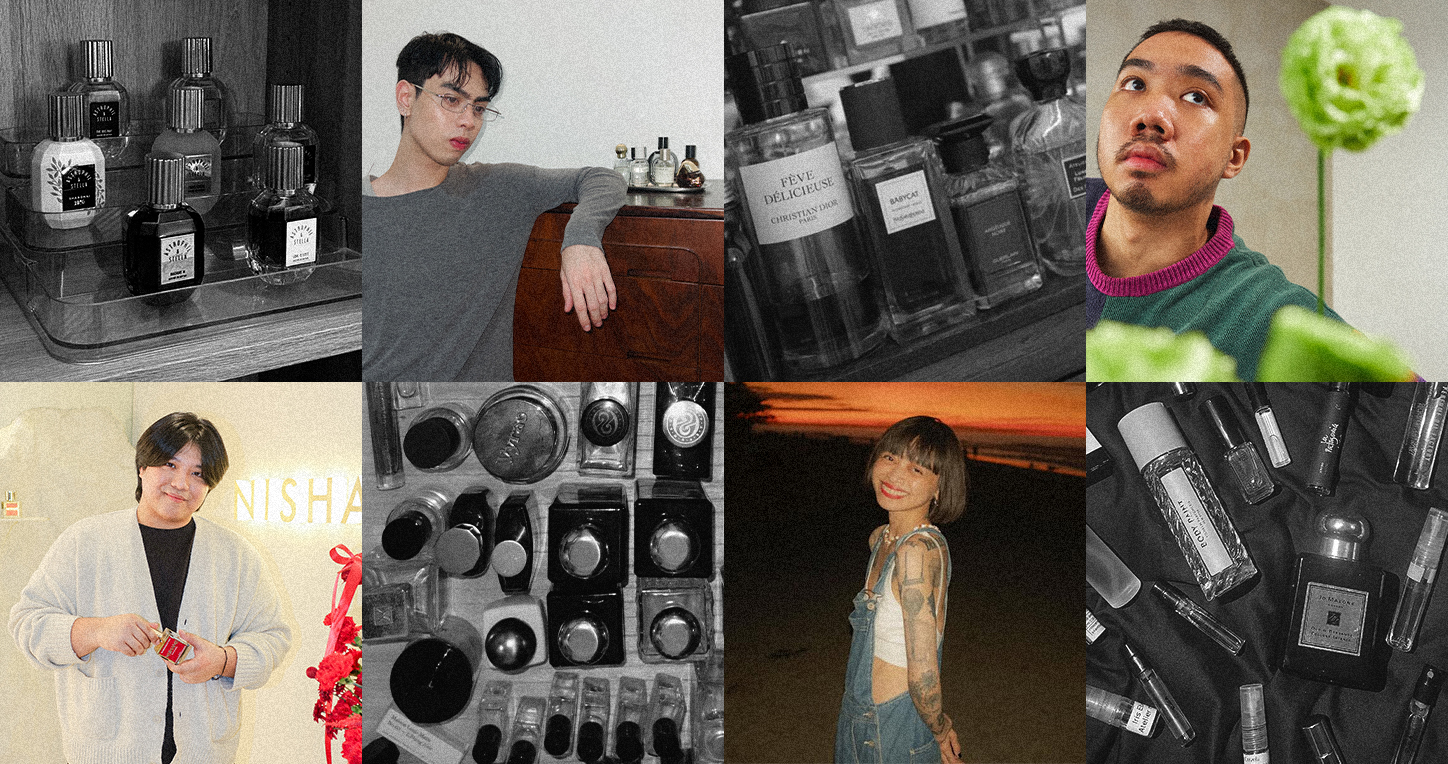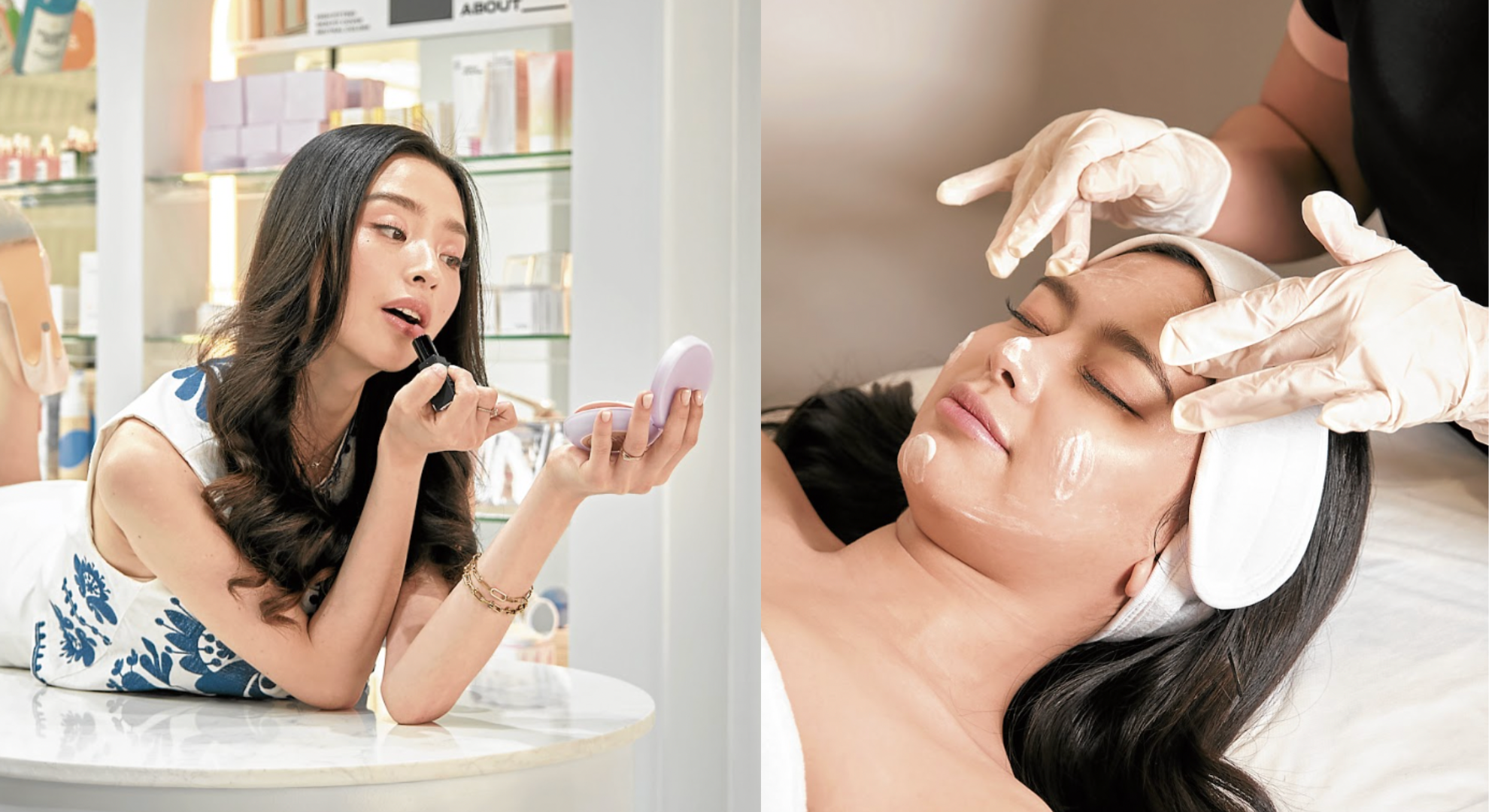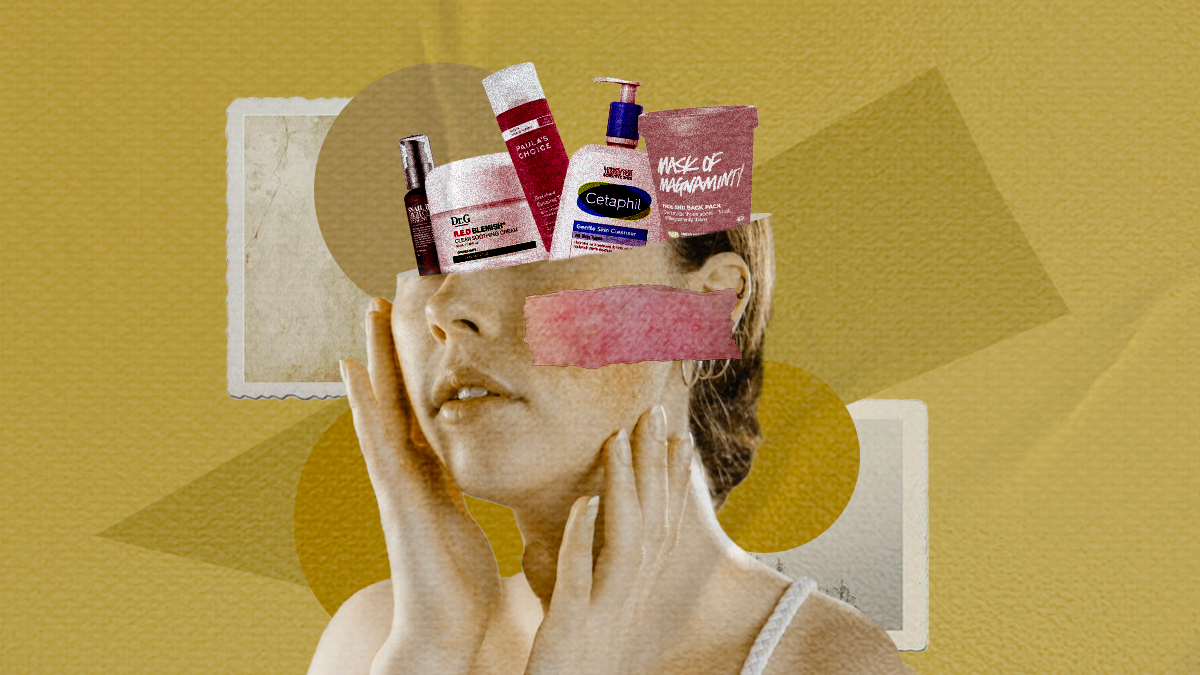Paris in the Roaring Twenties was a heady experience. “Les anneés folles,” it was called, the crazy years when the air sizzled with the energy of daring and newness, when the world’s most prominent painters and sculptors, composers and musicians, dancers and singers, performers and writers, all flocked to the French capital, bestowing upon it a glamour and verve that challenged tradition and demanded innovation.
The syncopated rhythms of jazz floated through the air. Art Deco and Surrealism was all the rage. Parisian life brimmed with infinite possibilities.
It was into this world that a radical classic was born exactly a century ago.
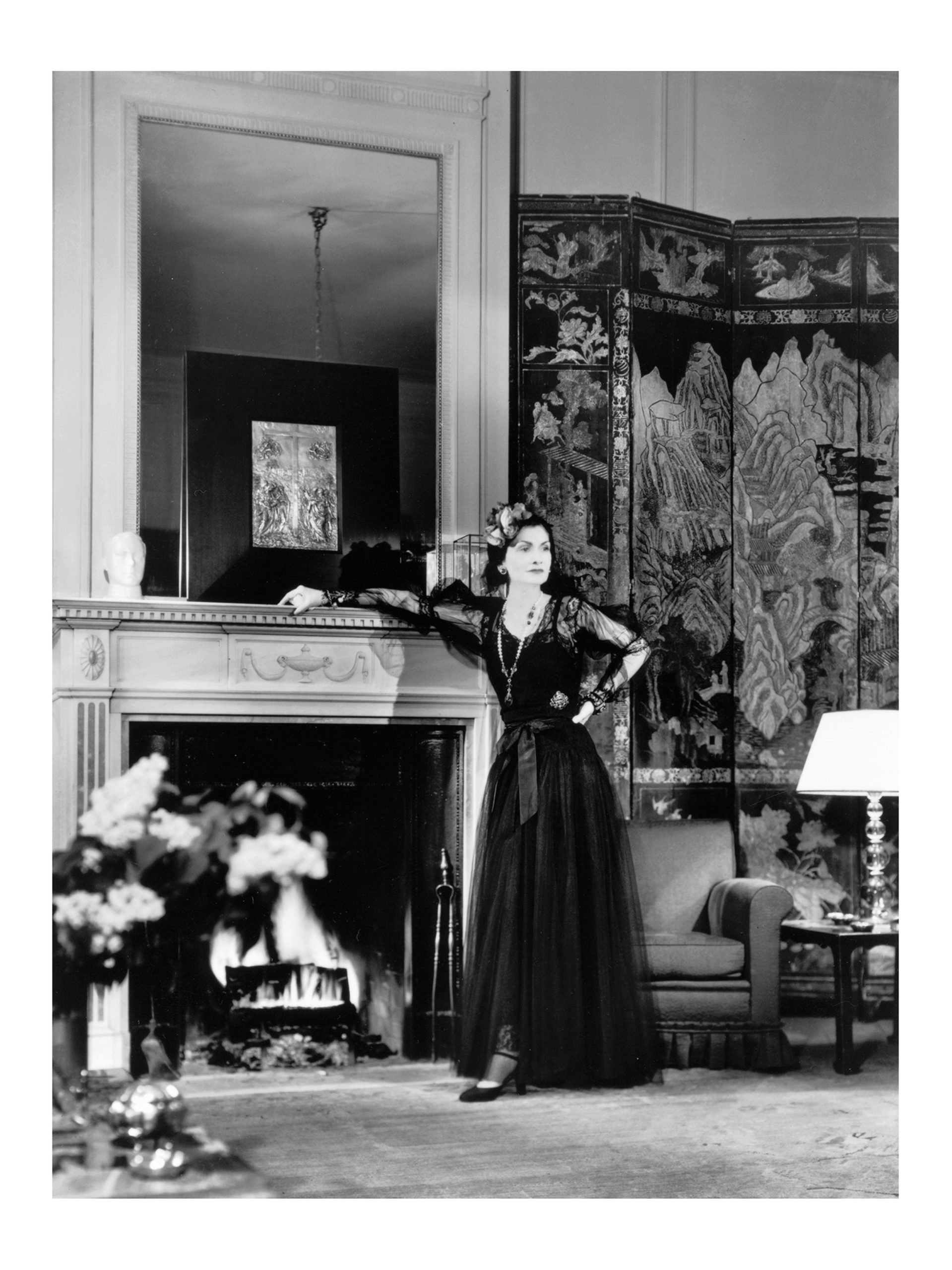
For CHANEL N°5 was, in effect, the world’s first truly modern perfume, created by the woman who had modernized women’s fashion. The French designer Gabrielle “Coco” Chanel freed women from the bondage of the corset and took menswear as her inspiration to create a simple, chic and timeless silhouette for women. She pioneered the staples that remain style classics: the twinset, the little black dress, the tweed jacket, the strands of pearls, the ballerina flats. She established her legendary fashion house in 1909 when she opened her millinery shop on the Boulevard Malesherbes in Paris, but it was the signature perfume she launched in 1921 that revolutionized the world of luxury and catapulted the House of Chanel towards global fame.
Being the clever visionary, society darling, and astute businesswoman that Coco Chanel was, CHANEL N°5 was a trailblazer on several fronts. It was the first fragrance ever launched under a designer’s own name. There were other legendary perfume houses that had been in existence for centuries before Chanel turned her attention to an olfactory evocation of her brand. The venerable French House of Houbigant, for instance, began producing its distinctive single floral scents in 1775, while the House of Guerlain was founded in 1828. Chanel’s contemporary, Jeanne Lanvin, another renowned female designer who had been running her own maison de couture since 1889, would not launch a house fragrance till 1924, calling it My Sin.
Far from concentrating on the scent of a single flower, such as jasmine, lily of the valley, or violet, as traditional perfumers were wont to do at the time, Chanel, true to her maverick nature, eschewed the conventional for something completely novel, exciting and liberating. Instead of evoking a floral distillation, she and the star perfumer of the era Ernest Beaux created an avant-garde composition that was abstract and amorphous, building note upon note, blending the finest natural ingredients with synthetic molecules called aldehydes. The result was, much like Coco Chanel herself, a fragrance that defied categorization yet celebrated individual personality.
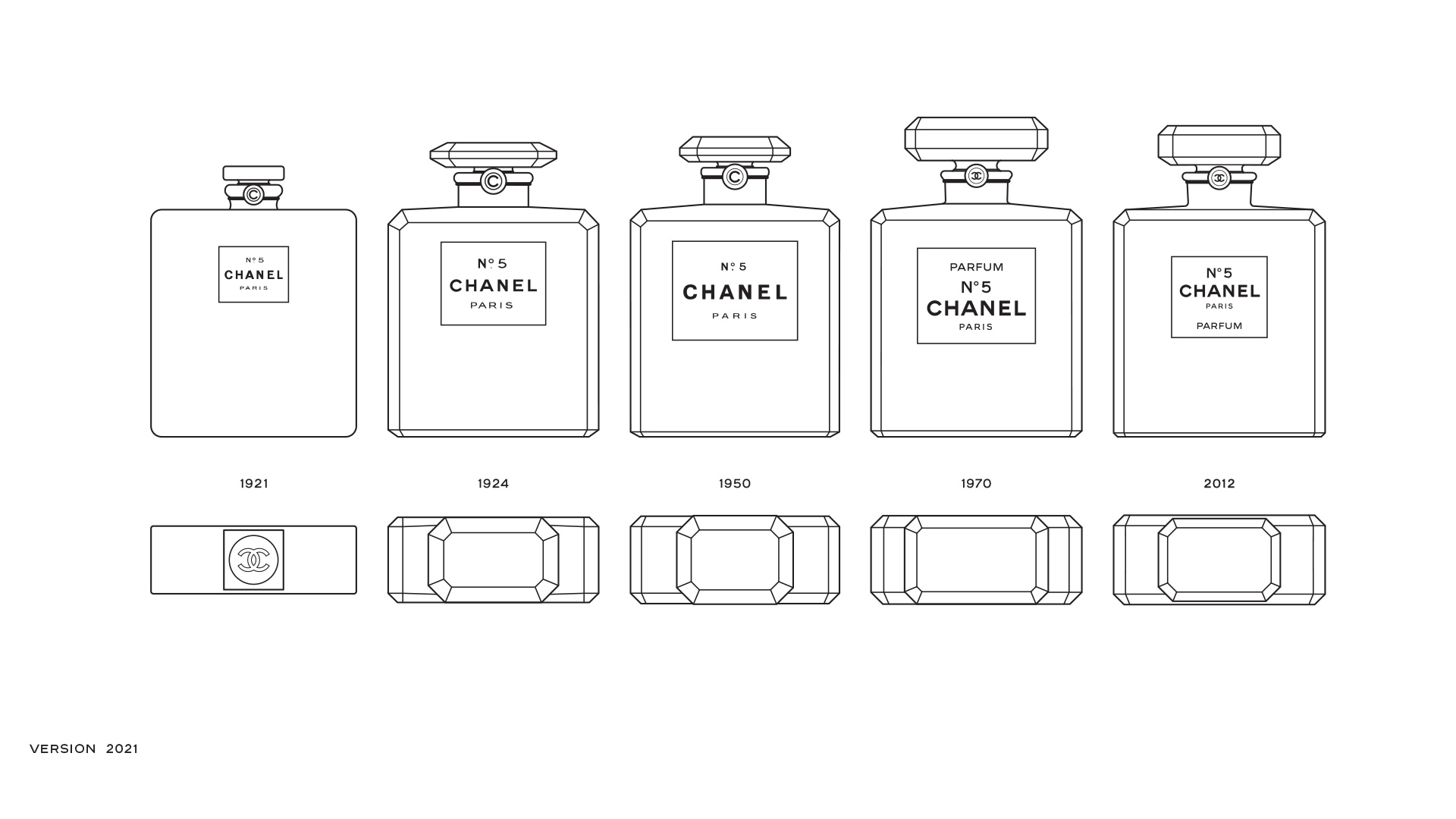
Chanel’s commissioning brief to Beaux was straightforward: concoct a fragrance for a woman that would smell like a woman, not like a flower. By 1921, aldehydes – a compound derived from dehydrogenated alcohol – were still not widely used, although they had already been incorporated into some perfumes; perfumers were still wary about how to use them. Undaunted, Beaux became the first perfumer to use aldehydes in proportions never before attempted, and to use floral essences in combinations never before attempted, thereby creating a revolutionary fragrance that made history, ushering a new era of perfumes. CHANEL N°5 was at once opulent, luxurious, fresh, spirited, and distinctly different. It was also an instant hit, unforgettable and enduring.
She later said of her very first fragrance, a powerful array of jasmine, rose, sandalwood, and vanilla enhanced by aldehydes, “it was what I was waiting for. A perfume like nothing else. A woman’s perfume, with the scent of a woman.”
Even the scent’s name – N°5 – was a thoroughly modern choice. Beaux had presented ten different samples, each one numbered. Chanel selected the fifth sample, believing five to be a highly significant number for her: she was a Leo, which was the fifth sign of the zodiac; and she showed her collection on the fifth day of the fifth month of the year.
Chanel wanted her debut fragrance to be “inimitable,” muses Olivier Polge, the maison’s in-house perfumer creator who succeeded his father, Jacques Polge, as the “nose” of CHANEL, only the fourth such person to assume that position. “The starting point was a very rich floral fragrance, which was completely novel at the time.”
With that directive, perfumer Ernest Beaux proceeded to incorporate the most luxurious ingredients at his disposal into the formula, extracted from flowers grown in Grasse. Again like Mademoiselle Chanel, the perfume itself is a study of provocative contrasts. There’s the complex intensity of the floral bouquet that allowed no one flower to dominate, another break from traditional perfumery, and the liberal infusion of synthetic molecules in the form of aldehydes. And there’s the composition, unabashedly opulent yet refreshingly contemporary, and the radical minimalist design of the bottle.
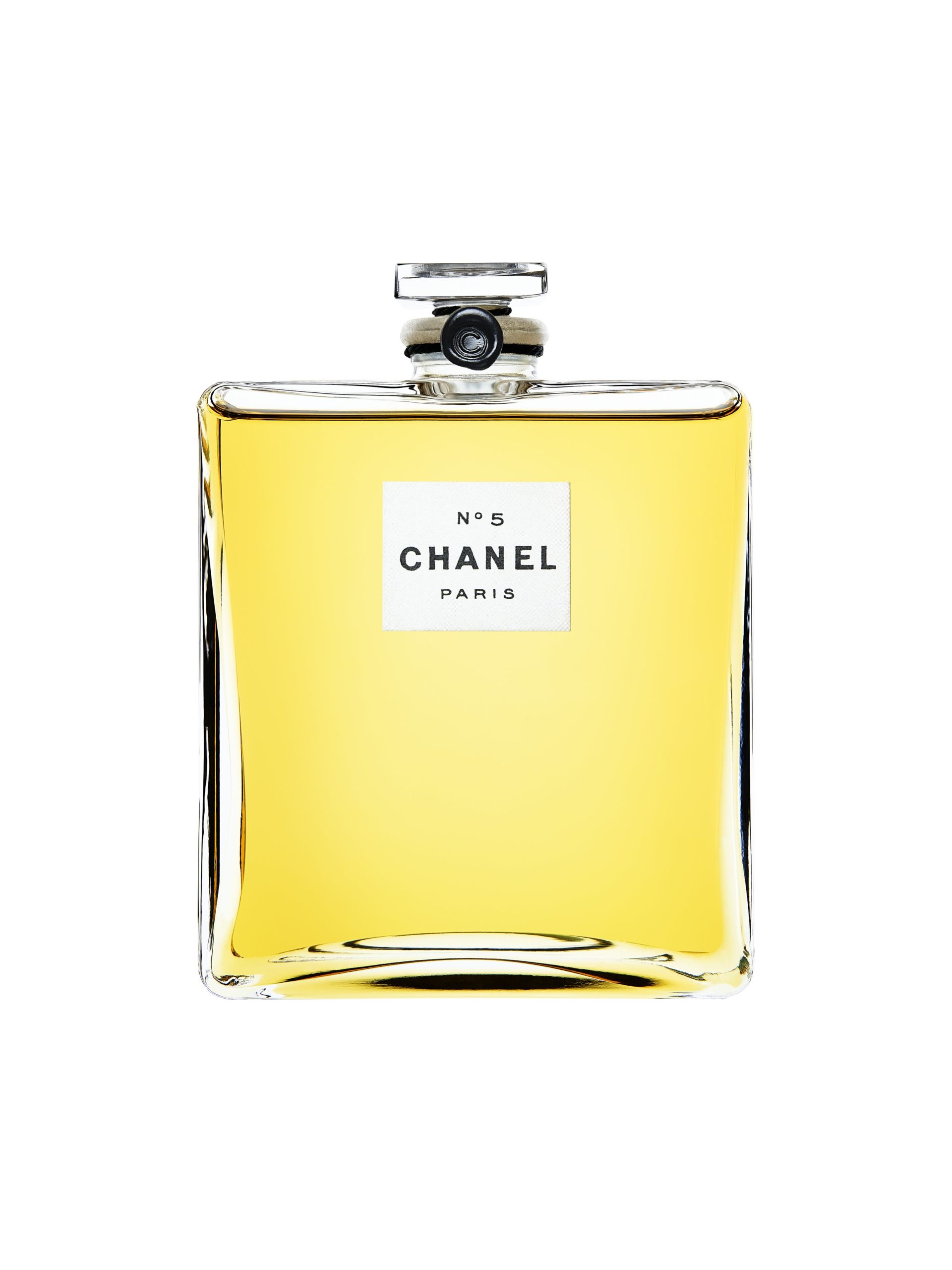
The stark simplicity of the bottle that encased CHANEL N°5 was a deliberate move on Chanel’s part. She wanted the amber color of the fragrance to take center stage, and so she designed a flat-shaped bottle, similar to that of a hip flask, that would allow movement and speed, and could be slipped into a pocket just as easily as it could a purse or a travel kit. In another first, the bottle’s stopper featured the interlocking double C logo that has come to epitomize the House of CHANEL.
Chanel could have gotten away with piling on detail upon detail into the bottle’s form, adding facets and embellishments, but she remained true to her own style philosophy: “Always remove, never add.”
So iconic is the understated, pared-down elegance of the N°5 bottle that it has remained largely unchanged throughout the past one hundred years since its launch. Minimal tweaks here and there have been applied, such as the bottle’s beveled edges, included in 1924 in order to reinforce its angles; in 1970, a thicker, more imposing stopper now crowned the bottle; and in 2012, the scent’s label was refined and updated to give greater visual prominence to the N°5 trademark.
A sensation from the moment it first appeared, the iconic status of N°5 soon went beyond fashion, crossing over into art. No less than the MoMA, the Museum of Modern Art in New York City exhibited the N°5 box in 1959, while in the 1980s, pop art painter Andy Warhol dedicated a series of nine silkscreen prints to the fragrance. N°5 was now a pop culture icon.
And then, of course, there was Marilyn Monroe.
“What do you wear to bed?” a journalist asked screen siren, Marilyn Monroe, in a 1952 magazine interview, “a pajama top, the bottoms of the pajama, a nightgown?”
“CHANEL N°5!” she answered. “Because it’s the truth! I don’t want to say ‘nude,’ you know. But it’s the truth.”
To be more specific, Marilyn Monroe said she wore nothing but five drops of CHANEL N°5. In doing so, the blond bombshell was communicating more than her candor and free-spiritedness; she was signaling that she was a thoroughly modern woman. And, titillating as her nocturnal wardrobe may have been, her choice of scent thoroughly confirmed her modernity.
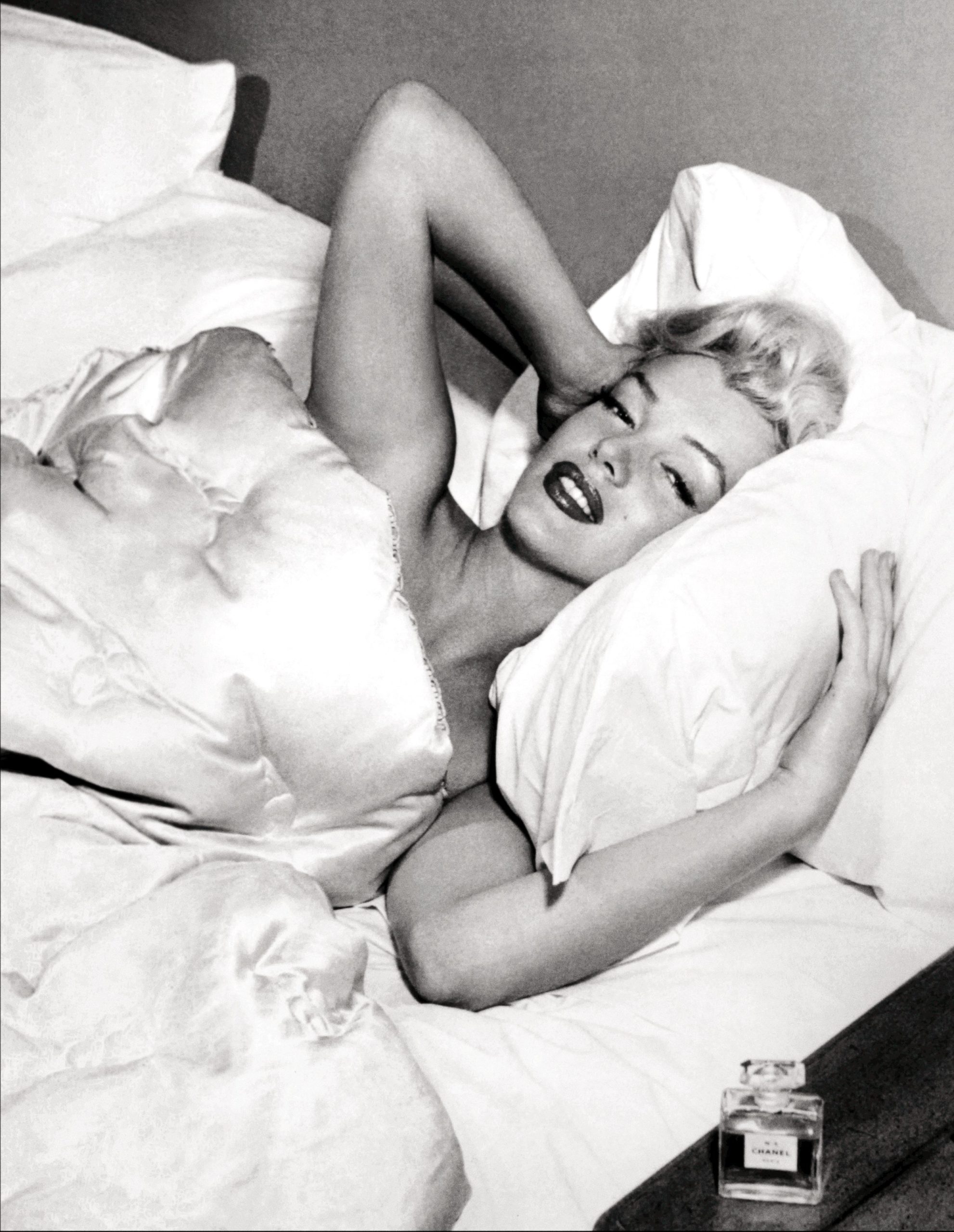
It was a case of an icon recognizing another icon.
CHANEL N°5 had, without a doubt, entered into the realm of global celebrity. It became easily one of the most recognizable brands in the world, and the bestselling fragrance of all time.
Echoing the magical qualities the number five held for Gabrielle Chanel, N°5 today comes in five different interpretations. Three years after composing the original Parfum, Beaux turned his attention to creating the first variation of N°5. As Olivier Polge explains, “The highly precious nature of the Parfum quickly justified the need for a lighter eau de toilette version that stayed true to the spirit of the original.” The Eau de Toilette is woodier than the original and features dry, lively nuances of vetiver, offset by the deep scent of sandalwood.

In 1986, Olivier Polge’s father, Jacques Polge, reinterpreted N°5 as an Eau de Parfum, a new concentration that harked back to the sensuality of Ernest Beaux’s original fragrance while also keeping it fresh and contemporary. “His intention was to preserve as much of the Parfum’s richness as possible, both from an olfactory perspective and in terms of the fragrance’s amber color,” Olivier Polge says. Denser than the eau de toilette, the Eue de Parfum releases a dense, enveloping, and long-lasting scent trail, while a note of vanilla lends the fragrance its distinct oriental signature.
For version number four, called N°5 Eau Première, released in 2008, Jacques Polge went for airy and luminous, guided by what he imagined Ernest Beaux might have done if he had had access to the range of present-day raw materials Polge had at his disposal. He used white musks, a staple of many fragrances created in the 2000s, and paired them with aldehydes developed by CHANEL from citrus essences while retaining the iconic floral bouquet of rose, jasmine, and ylang-ylang, and adding a touch of vanilla. As his son remarks, “the scent trail of the Eau Première reveals another texture, closer to the skin, that remains very similar to N°5.”
The most recent variation, created by Olivier Polge in 2016, a year after becoming the nose of CHANEL, is called N°5 L’Eau, a fresher, more modern iteration of the classic. “I wanted to play with the limits of its identity,” he says. “Take the image that N°5 conveys and turn it on its head, make it more fluid. More transparent, in the best sense of the word.”
Radical then, and enduringly modern one hundred years later, the power of N°5, and the inimitable spirit of Gabrielle Chanel, lives on.


